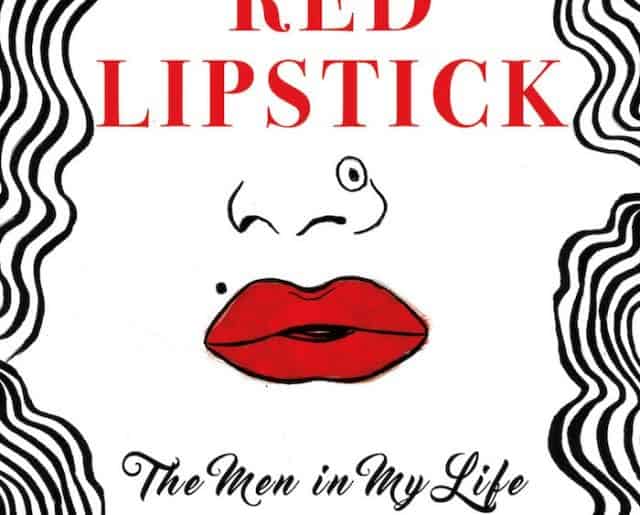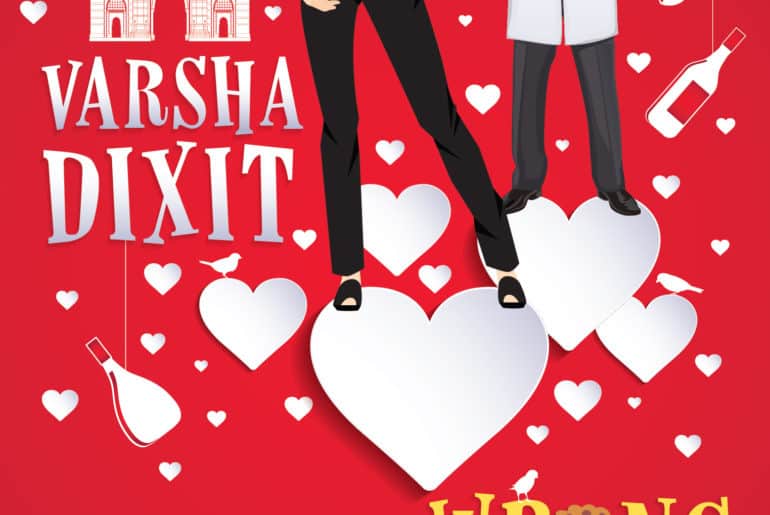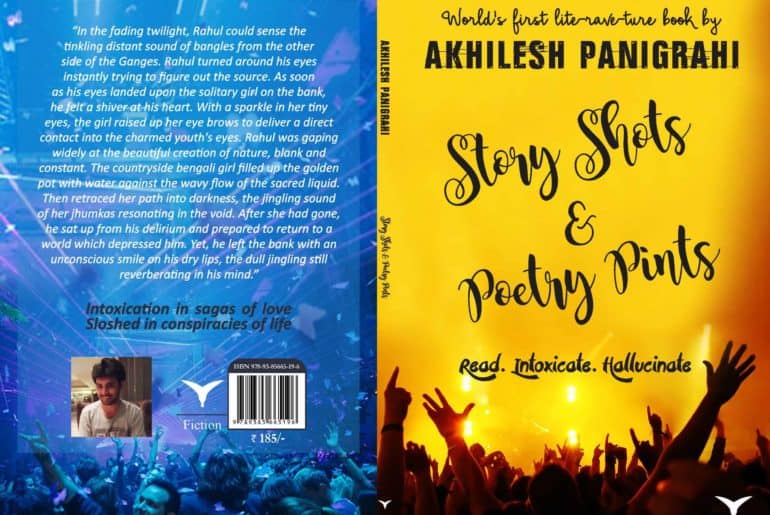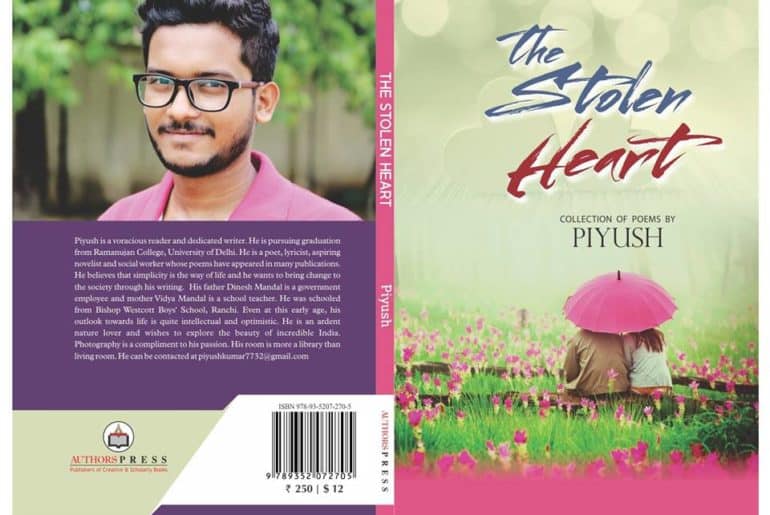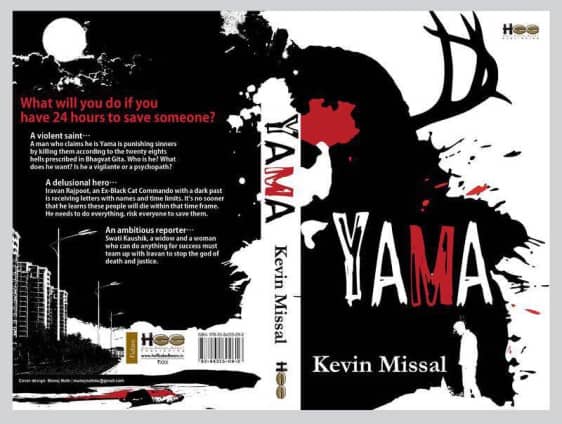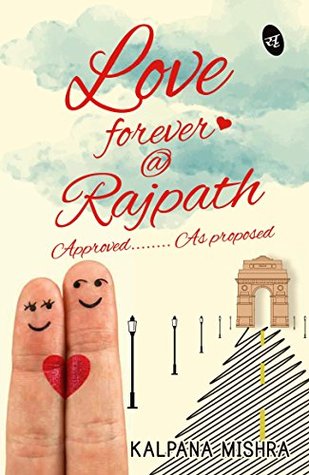Red Lipstick: The Men In My Life is an autobiographical work by Laxmi Narayan Tripathi, a famous transgender activist. It is written from a first person perspective, essentially being a trajectory of her life, from her traumatic and confusing childhood to a stable and empowering adulthood.
The book is divided into sections, each focusing on certain people and aspects of Laxmi’s life. For example, there is a section called “Raju’s Monologue”, referring to Laxmi’s persona at home, her childhood name Raju. In stark contrast, there is “Prince Manvendra’s Monologue: Laxmi, My Sister”, which is written by the Prince himself, and is a description of his familial relationship with Laxmi. The book also incorporates Hindu religion and mythology into it – there are sections called “The Creator”, “The Preserver”, and “The Destroyer”. These reflect not only Laxmi’s knowledge of ancient Indian texts, but also her understanding and recognition of their importance.
Laxmi describes herself as a hijra, a term that is loosely translated into the English “transgender”. She was born with a set of male sexual organs, called Raju, but has never felt entirely like a man. She spent her early years bridled with confusion and angst. She was raped by her cousins, ostracized at school, and lacked a sense of belonging. When she got wind of the fact that there were other people like her, she did all she could to establish a network with them, to form a community, to ensure their well-being. Thus she donned the persona of Laxmi, and became her. With bold lipstick and silk sarees, she embraced her femininity and her calling for social work, and dedicated her life to the betterment of sexual and gender minorities.
The book revolves around topics that the ordinary mainstream Indian is not entirely familiar, or even comfortable, with. Nevertheless, it resonates with the reader for the simple reason that it is honest and personal. Never at any point are we compelled to ‘like’ Laxmi. She can be aggressive, arrogant, and impulsive. She has manipulated people and exacted revenge on them. However, the very humane nature of these acts, and the simplicity and candour with which she states them, is remarkable. She is truly a character, dramatic and expressive. As she states towards the end of her book, despite her hardships she has tried to focus on her journey of empowerment. “I am a celebration, I feel, and that’s the narrative I choose for my story.”
Reading Red Lipstick allows us to catch a glimpse into the life of someone we have seen on TV several times, whether it be on Satyamev Jayate or Sach Ka Saamna. It allows us to comprehend her journey from a lost child to a UN representative, and brings us face to face with the harsh and cruel realities of India when it comes to minorities and their hardships. The book is a must-read for anyone who wishes to understand the LGBTQ scene in India, and how to play their part in improving the state of affairs.
Image Caption: Red Lipstick by Laxmi Narayan Tripathi
Image Credits: cake.youthkiawaaz.com
Vineeta Rana

